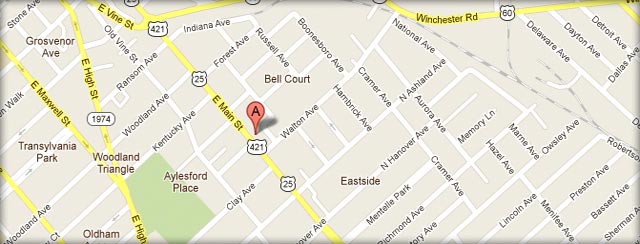- ATV accidents
- Brain Injuries
- Bus Accident
- Car Accidents
- Construction Accident
- Distracted Driving
- Drugged Driving Accident
- DUI
- Firm News
- Mass Tort
- Medical Malpractice
- Motorcycle Accidents
- Pedestrian Accidents
- Personal Injury
- Product Liability
- Safety
- Social Security Disability
- Truck Accidents
- Vehicle Accidents
- Workers Compensation
- Workplace Injuries

In just a few weeks, the majority of Americans will “spring forward” to mark the beginning of Daylight Savings Time. It’s a time that many people welcome because longer days allow for more time outside as the weather gets warmer. But experts say that in general, the spring time change is harder for people than the fall shift because even one hour of lost sleep can disrupt the body’s internal clock for a week or longer. In fact, studies have shown that in the wake of the spring shift, there is an increase in car accidents, heart attacks and on-the-job injuries. The opposite trend is observed in the fall, when Daylight Savings Time ends.
Researchers caution that the people most likely to have a difficult time adjusting to the spring transition will be the early risers or the short sleepers – those defined in one study as those who get less than seven-and-a-half hours of sleep per night. According to a 2013 Gallup poll, 40 percent of Americans report getting less than seven hours of sleep each night. That means that a large proportion of drivers could be drowsy behind the wheel starting March 9, when we reset our clocks.
The National Highway Traffic Safety Administration estimates that drowsy driving is responsible for more than 100,000 car accidents each year, resulting in 40,000 injuries and 1,550 deaths. One of the problems with evaluating whether fatigue played a role in a crash is that there is no reliable tool (such as a Breathalyzer that is used for drunk drivers) to assess a driver’s degree of drowsiness. Another complication is that drivers rarely admit that they were sleepy when a wreck occurred. Yet some studies have shed light on the frequency of drowsy driving, including one disturbing finding by the National Sleep Foundation that 37 percent of Americans admitted to nodding off behind the wheel.
Suggestions to Make the Time Change Easier
There’s no way to completely avoid that jet-lagged feeling that accompanies the time change. But there are some ways that may help prepare your body for the transition:
- Adjust your bedtime by a few minutes each night in the days leading up to the time change.
- Enjoy the longer-lit evenings, but keep an eye on the clock. You should still try to go to bed around the same time every night, which could be hard to remember at the beginning of Daylight Savings Time.
- Don’t trick yourself into thinking, “It’s the weekend; I can make up an hour of lost sleep.” Not so. For years, sleep experts have been saying that it is not possible to catch up on rest on the weekends by sleeping late. You’ll likely still feel sluggish if you adopt that philosophy.
- Get some sunlight as soon as possible on Sunday morning. Sunlight can help reset our body clocks, according to Dr. Robert Oexman, director of the Sleep to Live Institute.
Ways to Combat Drowsy Driving
According to NHTSA documents, sleepy drivers do not perform well behind the wheel. Being tired slows reaction time and makes it difficult to remain focused on the road. Research has shown that fatigue also delays the brain’s ability to process information and can impair short-term memory, two functions that are important to have working at full capacity while driving.
Motorists must be honest with themselves about how fatigued they feel. In our multi-tasking culture, that can be very hard to do. However, it is important to take a moment to think about how tired you are before getting in the car. If you’re exhausted, there’s no way you can be a focused driver.
Here are some suggestions to help you avoid drowsy driving:
- Recognize the symptoms of fatigue. Yawning, rubbing your eyes, lack of concentration, snapping your head up and down, irritability, drifting into lanes, tailgating or being unable to remember the last few miles of your trip could be signs that you are too tired.
- If symptoms occur, get off the road and take a nap. Don’t stop on the side of the road.
- Maintain a regular sleep schedule, and acknowledge when your body needs to stop.
- Keep the temperature cool in the car.
- Stop roughly every two hours and walk around a bit.
- Keep snacks or drinks handy.
- When possible, have another driver in the car to take over when you’re too tired.
- Call someone and tell them you might be late. Few will argue if you say you feel like you could be a danger to yourself or others.
Stay safe during the spring time change, and at all times. Every motorist will thank you for it.

